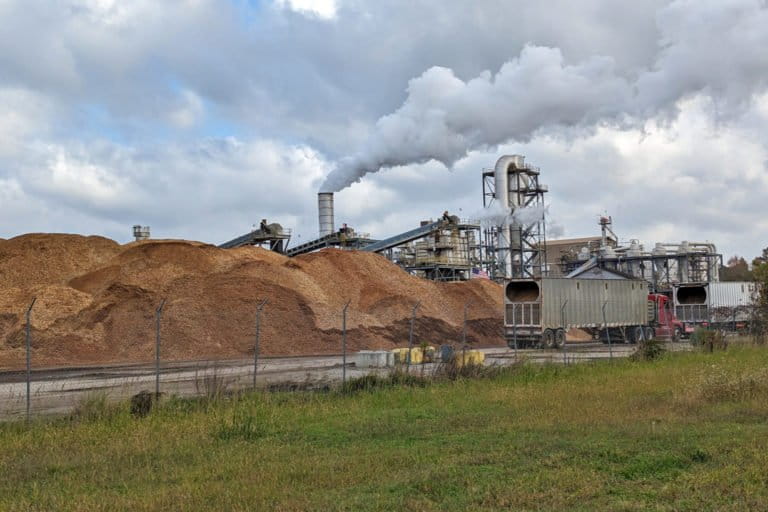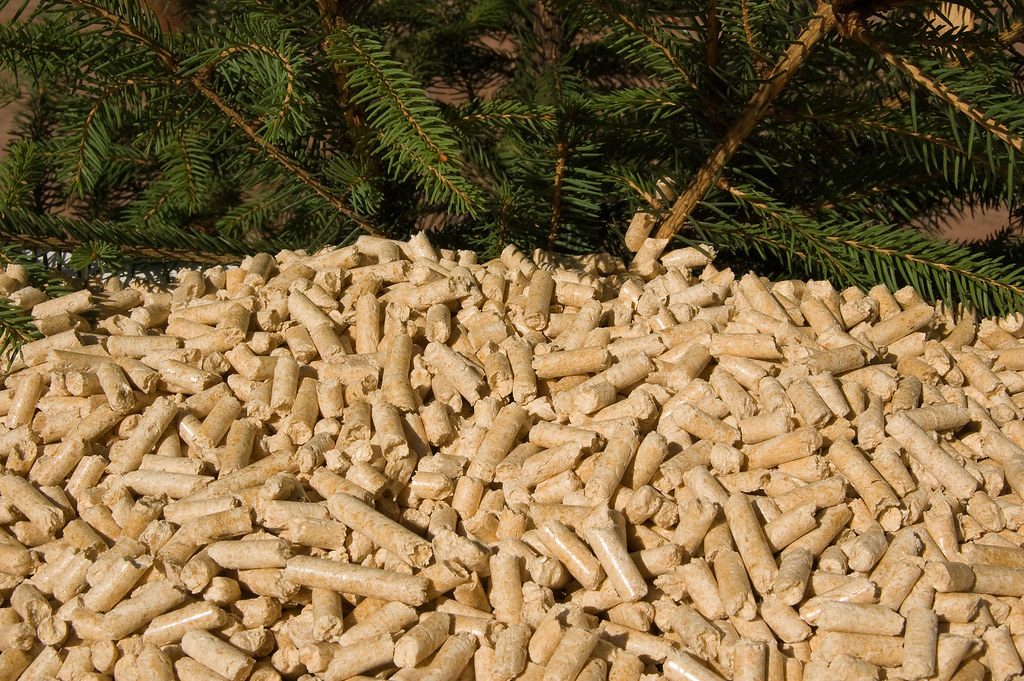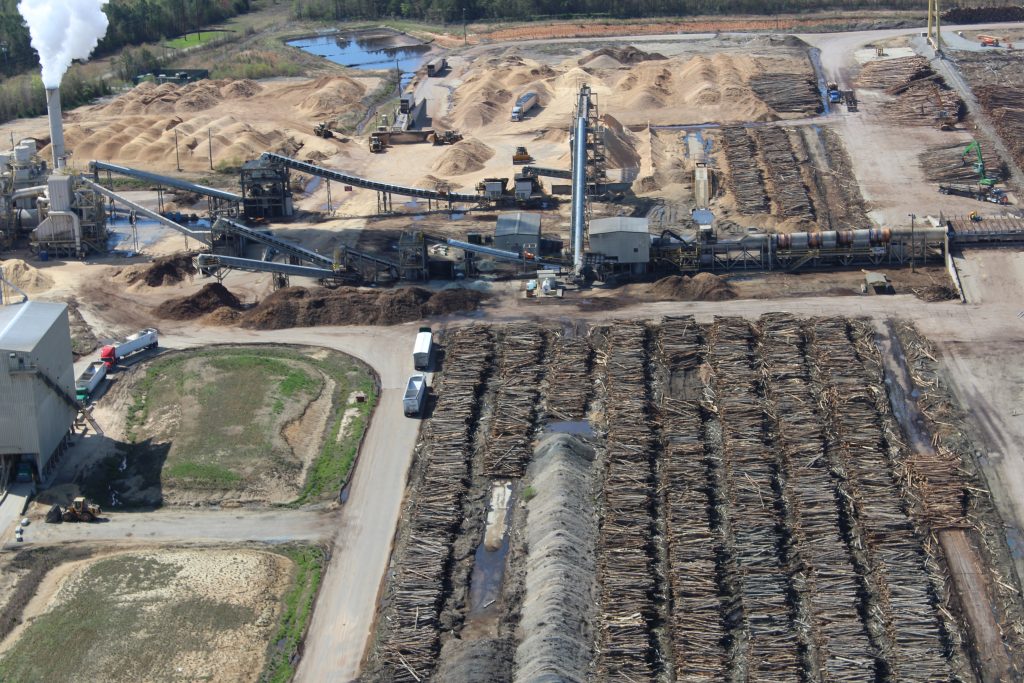
Extensive logging of remote mountains on Vancouver Island in British Columbia, Canada, feeds the timber industry. Many of the trees taken here are old growth, more than 200 years in age. Timber companies typically replace the natural forest with monoculture tree farms that lack biodiversity and sequester far less carbon than the original natural forests. Image by Justin Catanoso.
ECOLOGISTS and climate activists spend a lot of time, justifiably, decrying the always-growing rate of international deforestation. What they rarely look at, evaluate or consider, is the impact of global logging for the timber and biofuel industries. This story describes a major study published in July 2023 in the prestigious journal Nature about the impact that logging has on contributing far more to global carbon emissions than ever imagined.
The study, by a several researchers backed by World Resources Institutes presents staggering figures involving current and future demand for wood products and the impact is/will have on global tree cover, and thus, carbon sequestration from intact forests. It is, like too many of my stories, startling and dispiriting, especially when you consider the many “treaties” nations have signed, as recently as COP26 in Glasgow, to halt deforestation. Of course, those treaties always involve loopholes the logging industry has demanded and received.
The summer of 2023 has brought every single day a reminder of the climate catastrophes people are the world are enduring — massive wildfires in Canada, record temperatures in Mexico and the US Southwest, vicious storms and flooding in the Northeast, deadly heatwaves across southern Europe and India. Every forest felled for short-term profit makes the earth less able to slow the rate of warming, and the rate of calamity. This study in Nature makes clear that policy changes in logging are a near-term requirement, and even points to solutions that are close to plausible while actually preserving most of the forests policymakers have pledged to protect.
Note: this is a major study by top scientists with a leading NGO published in the most prestigious scientific journal. The Times and Post and others have been busy reporting every day on the horrible weather events this summer. None bothered to cover a significant root cause and potential solutions. That’s not how we get out of this climate crisis.

This 52-acre native forest in Edenton, North Carolina, U.S., was clear cut in late 2022 for both timber and for whole trees chipped to make wood pellets for bioenergy. The site was cleared for industrial development. Only trees for landscaping were to be replanted. Clear cuts like this around the world diminish global carbon storage. Image by Justin Catanoso.





